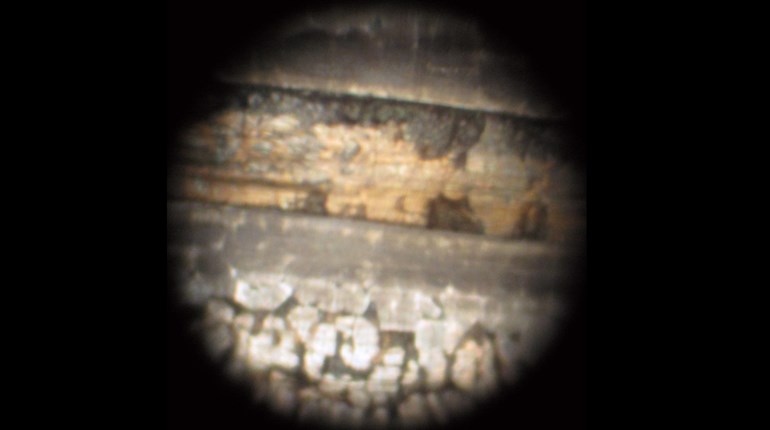
As a former law-enforcement officer, I have seen trends come and go. Back in the early 1990s, after a few false starts with the 10 mm, courtesy of the FBI the .40 S&W cartridge arrived on the scene to save the day with a cartridge that would fit in 9 mm-size pistols, but had that “big-bore 4” in front of the caliber designation. This would hopefully satisfy those who thought the 9 mm was too anemic for serious defensive work. All of the major gun manufacturers immediately set out to convert their 9 mm pistols to the .40 S&W cartridge to get on the bandwagon of the new miracle big-bore cartridge. It took nearly 30 years, but we are right back where we started. The trend has completely reversed itself with many law enforcement agencies—including the FBI—adopting new 9 mm pistols and trading in their old .40 S&Ws along with the unused ammunition.
The popularity of the 9 mm with the law enforcement and military segments in this country has driven the civilian population in that direction as well. This has made it nearly impossible to find 9 mm ammunition anywhere at any sort of a reasonable price. The upside is that the leftover and not-so-popular .40 S&W ammo is available in a lot of places where the 9 mm is not.
I have several brands and types of 9 mm semi-automatic pistols that I’d like to convert to .40 S&W so I can take advantage of the ammunition that is available for practice and personal defense. Other than a barrel, what else do I need to change a 9 mm over to a .40 S&W?
Gene Gretz, via e-mail
I remember well when the .40 S&W was the rage and everybody in the industry was clamoring to get a gun chambered for that round on the market.
A short while back there was a huge push to convert existing .40 S&W as well as .357 SIG-chambered pistols to the 9 mm cartridge. Those who made the conversion can retrofit their pistols with the original parts and appropriate barrel and they are good to go.
Those who have pistols originally chambered for the 9 mm and want to convert to .40 S&W will need to buy a slide, barrel, recoil spring and magazine to make the conversion in the best practice.
The breechface of the .40 S&W slide is wider than the 9 mm in order to accept the larger-diameter cartridge case, making it necessary to acquire a new slide to accommodate the added dimension. Furthermore, .40 S&W slides are usually heavier than the 9 mm slides—necessarily so due to the heavier recoil generated by the larger cartridge. The outside dimension of the barrel may be the same in some pistols, but the inside dimension has to correspond with the caliber being shot. The recoil spring of .40 S&W pistols is also required to be more robust than that of the 9 mm because of the greater recoil impulse of the larger cartridge.
While many have been successful in loading and firing a 9 mm magazine with .40 S&W ammunition, it is not a recipe for optimum reliability. This is because the spacing of the feed lips at the top of the magazine is regulated to properly position the top cartridge to correctly interface with the slide as it moves forward to strip the round off the magazine and into the chamber of the barrel.
It is really no more complicated to go from the 9 mm to the .40 S&W than it is to go from the .40 S&W to the 9 mm as long as the correct parts are used to ensure reliability.
Having a frame that will accept and function with the components necessary to shoot the 9 mm or the .40 S&W makes sense. There is no telling if and when the trend will reverse itself again, making the availability of ammunition a critical factor in being able to practice and defend oneself.




































